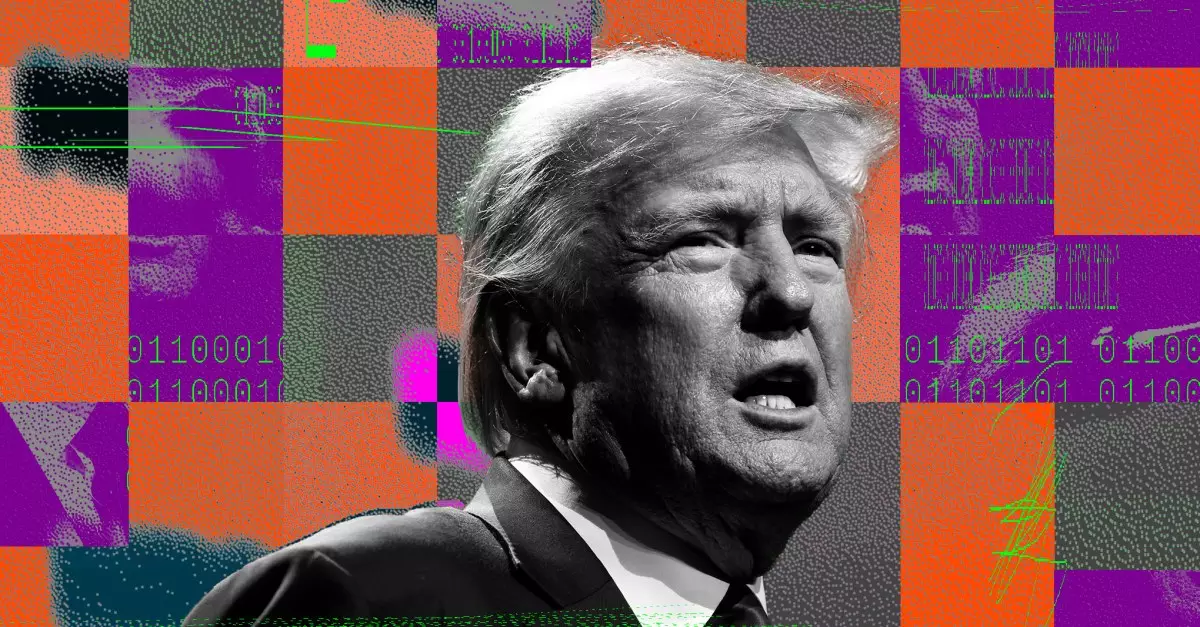Recently, former President Donald Trump publicly criticized AT&T on social media for technical failures during a large-scale conference call involving tens of thousands of participants, mainly faith leaders from across the United States. According to Trump’s complaint, this was the second time such disruptions occurred, and he implied that the telecommunications giant was responsible for “not making their equipment work properly.” The incident garnered attention not only for its scale—engaging thousands in a virtual meeting—but also for its very public finger-pointing between a high-profile individual and a major communication service provider.
AT&T’s Response: Deflection or Accountability?
Following Trump’s initial outburst, AT&T promptly engaged with the White House to investigate the root cause of the technical glitches. The company’s statement later clarified that their internal network was not the cause of the disruption, instead attributing the problem to an unspecified conference call platform. This distinction is significant because it suggests the breakdown wasn’t within AT&T’s infrastructure, but rather with third-party software used to host the call. Yet, AT&T’s decision to withhold the identity of this platform left many questions unanswered, and sparked skepticism about transparency.
The Complexity of Modern Virtual Meetings
In today’s digital era, virtual conferencing depends on an intricate mesh of technologies—ranging from cellular or internet networks to software platforms designed to manage calls with massive participant numbers. Attribution of fault when failures occur is rarely straightforward. Blaming the network provider alone oversimplifies the situation, ignoring the technical nuances involved. AT&T’s quick move to absolve itself could be seen as a defensive strategy, but it’s crucial to recognize that the reliability of virtual events is a shared responsibility. Software glitches, network limitations, and user configurations all intersect to affect outcomes.
Transparency and Trust in Corporate Communication
AT&T’s reluctance to disclose the platform involved does little to inspire confidence or quell speculation. In crises, clear and direct communication is essential to maintain public trust. By withholding details, AT&T risks appearing evasive, which can undermine its credibility. On the other hand, naming the platform could trigger blame between multiple parties, potentially escalating the conflict. Still, a more transparent approach would benefit users, clients, and observers trying to understand where failures arise and whether steps are being taken to prevent recurrence.
The Politics of Accountability in the Digital Age
Trump’s public appeal to the “Boss of AT&T” to intervene underscores how figures of influence expect immediate solutions from service providers. Yet the expectation that a telecommunications giant alone carries responsibility for technology-enabled failures discounts the broader ecosystem at play. It also raises questions about the pressures corporations face to respond to politically sensitive issues in real time, which can lead to rushed or incomplete messaging. This episode exemplifies the growing tension between political actors, corporate entities, and public communication in an increasingly digital society.
Final Thoughts: More Than Just a Network Issue
While the controversy centered around a technical failure, it illuminates larger challenges in our interconnected world. Effective virtual communication requires seamless cooperation across providers and platforms, accompanied by transparent accountability. The interplay between corporate messaging and political discourse complicates these technical problems, reminding us that in the digital age, technology issues are never purely technical—they are also social and political. AT&T’s handling of this event, while pragmatic, shows the need for clearer standards in transparency and responsibility when millions of voices rely on virtual connectivity.

